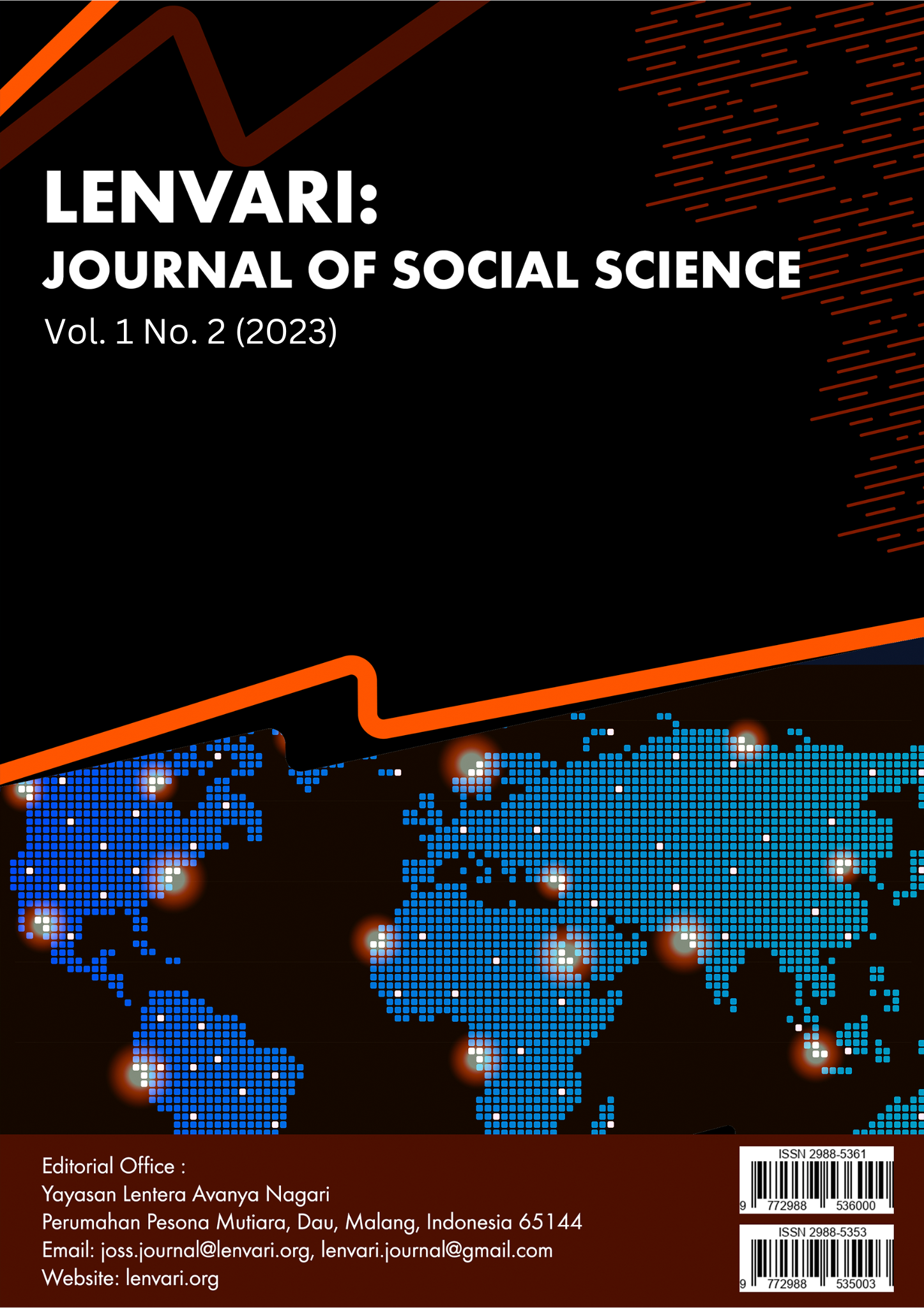Konsep Diri Virtual dalam Komunikasi Hiperpersonal Pengguna Dating App Tinder untuk Mencari Pasangan di Yogyakarta
DOI:
https://doi.org/10.61105/jss.v1i2.53Keywords:
Self Concept, Tinder, Virtual, Konsep DiriAbstract
Tinder is one of the most popular dating applications in Indonesia which is often used to find a partner because of the large number of users. However, there are several other motives for using Tinder by its users. This study aims to determine how the virtual self-concept is formed by users of the Tinder Application in finding a partner. The type of research carried out by the researcher is qualitative with interviews and observations in previous studies. This study was analyzed using the self-concept theory by William H. Fitts to examine the dimensions of the virtual self-concept by Tinder users. The results of the research obtained are that the virtual self-concept presented by male and female users is that they feel they do not want to overestimating themselves, but also not too low as self-esteem. Second, users provide a self-concept that seems friendly and open in order to get to know each other more closely with other people.
Downloads
References
Baudrillard, Jean. (1994), Hyperreality, (Simulacra and Simulation, translate by Sheila Glaser), University of Michigan Press
Sugiyono. (2018). “Metode Penelitian Kuantitatif, Kualitatif dan R&D”. Bandung : Alfabeta
Patton, Michael Quinn. 2002. Qualitative Research adn Evaluation Methods. USA: Sage Publicatin Inc.
Cangara, Hafied. (2007). Pengantar Ilmu Komunikasi. Jakarta: PT. Raja Grapindo Persada.
Nasrullah, Rully, (2015). Media Sosial, Bandung: Simbosa Rekatama.
Joseph B. Walther, 1996. Computer-Mediated Communication: Impersonal, Interpersonal, and Hyperpersonal Interaction
Moh. Nazir. (2014). Metode Penelitian. Bogor: Ghalia Indonesia
Rakhmat, Jalaludin, (2003). Psikologi Komunikasi, Bandung : PT. Remaja Rosdakarya
McQuail, Denis. (2010). Mcquail's Mass Communication Theory. 5th ed. Sage Publications: London
Tito Hilmawan Reditya. (2022). Viral, Eksperimen Pajang Foto "Jelek" di Tinder demi Dapatkan Cinta Sejati. URL : https://www.kompas.com/global/read/2022/01/29/103000670/viral-eksperimen- pajang-foto-jelek-di-tinder-demi-dapatkan-cinta-sejati
Monavia Ayu Rizaty, Annissa Mutia. (2022). Pelanggan Aplikasi Kencan Daring Tinder Meningkat 17,07% pada Kuartal II 2021 URL : https://databoks.katadata.co.id/datapublish/2022/02/08/pelanggan-aplikasi- kencan-daring-tinder-meningkat-1707-pada-kuartal-ii-2021
Kevin Rizky Pratama, Yudha Pratomo. (2022). Sejarah Tinder Medium Pencarian Jodoh. https://tekno.kompas.com/read/2022/04/13/18300007/sejarah-tinder-medium- pencarian-jodoh- online?page=all#:~:text=Tinder%20dibangun%20di%20bawah%20naungan,keh ebohan%2C%20terutama%20di%20kalangan%20mahasiswa
Tinder. (2022). Paket Berlangganan URL : https://tinder.com/id/feature/subscription-tiers https://tinder.com/about-tinder
Irza, Chika. (2021). Konsep Diri Perempuan Cantik di Instagram. https://repository.uir.ac.id/6382/ , diakses tanggal 10 Mei 2022
Anziela Paramitha, Steven Tanuwijaya, Susilowati Natakoesoemah. (2021). Analisis Motif dan Dampak Penggunaan Aplikasi Tinder Berbayar. URL : https://jurnal.untidar.ac.id/index.php/komunikasi/article/view/3808, diakses pada tanggal 12 Mei 2022.
Laila Hayati. (2018). Society, Volume 6, Nomor 2, P-ISSN : 2338-6932 | E-ISSN : 2597- 4874 Konsep Diri Anak-anak Pengguna Aktif Media Sosial. URL : L Hayati - Society, 2018 - society.fisip.ubb.ac.id. diakses pada tanggal 14 Mei 2023
Downloads
Published
How to Cite
Issue
Section
License
Copyright (c) 2023 Rosalia Prismarini Nurdiarti, Yosef Aryanto Wicaksono Kiksen

This work is licensed under a Creative Commons Attribution-ShareAlike 4.0 International License.
















